The Alaskan Malamute is a majestic, powerful breed with a rich history as a sled dog in the Arctic. These beautiful dogs are often misunderstood, leading to several myths that persist about them. If you’re thinking of adding an Alaskan Malamute to your family or simply want to learn more about this impressive breed, it’s essential to separate fact from fiction. Here are five myths about Alaskan Malamutes that you should stop believing.
Myth 1: Alaskan Malamutes Are Aggressive by Nature
One of the most common misconceptions about Alaskan Malamutes is that they are inherently aggressive. This couldn’t be further from the truth. While it’s true that Malamutes are large, powerful dogs, they are not naturally aggressive.
In reality, Alaskan Malamutes are known for their friendly, affectionate nature. They were bred to work closely with humans, often in extreme conditions, which means they have developed a strong bond with people. Malamutes are typically friendly toward family members and strangers alike, often showing affection with those they meet.
However, like any dog, proper socialization and training from a young age are crucial. Poorly trained or mistreated dogs may develop behavioral issues, but this is not unique to the breed. It’s essential to invest time in positive reinforcement training to nurture their best qualities and prevent any problematic behavior. Their stubbornness may be mistaken for aggression, but with patience and consistency, a well-trained Malamute can be a loving companion.
Myth 2: They Can’t Live in Warm Climates
Given their thick double coat, it’s easy to see why people believe that Alaskan Malamutes can’t handle warm climates. However, while these dogs are indeed bred for cold environments, they can adapt to live in warmer areas with the right care.
Malamutes have a dense undercoat that helps insulate them in cold weather, but this also works to keep them cool by protecting their skin from the heat. In warmer climates, it’s crucial to provide plenty of shade, fresh water, and limit outdoor activities during peak heat hours. Regular grooming, particularly during shedding season, can also help prevent overheating by reducing the excess coat that holds in warmth.
Furthermore, Alaskan Malamutes love to dig, which they might do instinctively to find cooler ground. This behavior may be more common in warmer environments, where they’ll naturally seek out ways to stay cool.
So, while it’s vital to take extra precautions during hot weather, it’s a myth that Malamutes can only thrive in cold regions.
Myth 3: Alaskan Malamutes Are Impossible to Train
Alaskan Malamutes are often labeled as “untrainable” due to their independent and sometimes stubborn nature. But this myth unfairly characterizes the breed as uncooperative or unintelligent. In reality, Malamutes are incredibly intelligent dogs; they just have a mind of their own.
Malamutes were bred to work independently as sled dogs, making their own decisions in challenging conditions. This independence sometimes makes them appear aloof or less eager to follow commands, but it doesn’t mean they can’t be trained. Successful training with a Malamute requires a different approach—patience, consistency, and positive reinforcement are key. They are not like some other breeds that may aim to please at every moment. Instead, they think critically and may challenge their owners if they feel bored or uninterested in repetitive tasks.
To train a Malamute effectively, you need to keep sessions engaging and varied. Using rewards that appeal to them—whether treats, toys, or affection—will encourage them to stay focused. It’s important to be the clear leader and provide them with boundaries, but they will respond well once they respect their owner.
Myth 4: They Are the Same as Siberian Huskies
The Alaskan Malamute and the Siberian Husky are often confused for one another due to their similar appearance. However, these are two distinct breeds with unique characteristics. While both breeds are northern sled dogs with thick coats and similar markings, they differ in size, temperament, and purpose.
Alaskan Malamutes are larger and more robust than Siberian Huskies, often weighing between 75 to 100 pounds, compared to the Husky’s 35 to 60 pounds. Malamutes were bred to pull heavy loads over long distances at a slower pace, while Huskies are built for speed and are often used in sled racing.
When it comes to temperament, Malamutes tend to be more independent and less energetic than Siberian Huskies. While both breeds require plenty of exercise, Huskies are known for their boundless energy and agility, whereas Malamutes are more laid-back but still enjoy outdoor activities and challenges.
It’s important to understand these differences if you’re considering one of these breeds, as their care and exercise needs will vary significantly.
Myth 5: They Can’t Live with Other Pets
Many people believe that Alaskan Malamutes can’t coexist with other pets due to their strong prey drive. While it’s true that Malamutes have a high prey instinct, which may make them more likely to chase smaller animals, this doesn’t mean they can’t live harmoniously with other pets.
With the proper socialization from an early age, Malamutes can learn to live peacefully with other animals, including cats and smaller dogs. Introducing them to other pets slowly and under controlled circumstances is crucial. Ensuring both animals feel safe and that the Malamute understands the boundaries of acceptable behavior will help prevent any issues.
However, it’s essential to remember that every dog is different. While some Malamutes may have a very strong prey drive and struggle with living alongside smaller animals, others can be trained to get along well with their furry siblings. The key is early socialization, supervision, and reinforcing positive behavior around other animals.
Conclusion
Alaskan Malamutes are an incredible breed, but like all dogs, they come with their own set of characteristics and needs. Unfortunately, myths and misconceptions can overshadow their true potential as loyal, loving companions. By debunking these myths—whether it’s their perceived aggression, their ability to live in warmer climates, or their trainability—potential owners can better understand this breed and provide them with the best home possible. If you’re considering adopting a Malamute, remember that while they may have their quirks, with the right training, care, and understanding, they can be a wonderful addition to your family.

 1 day ago
6
1 day ago
6
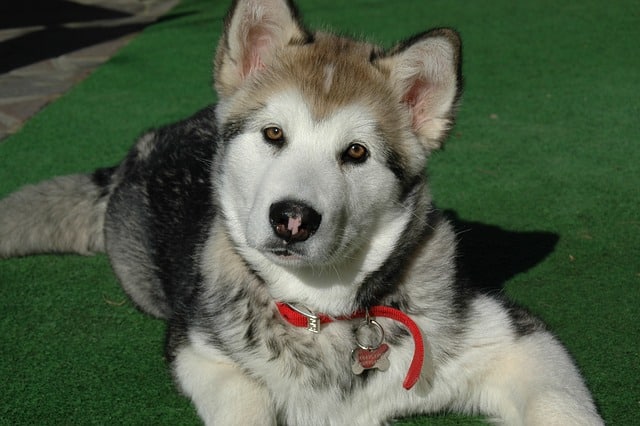
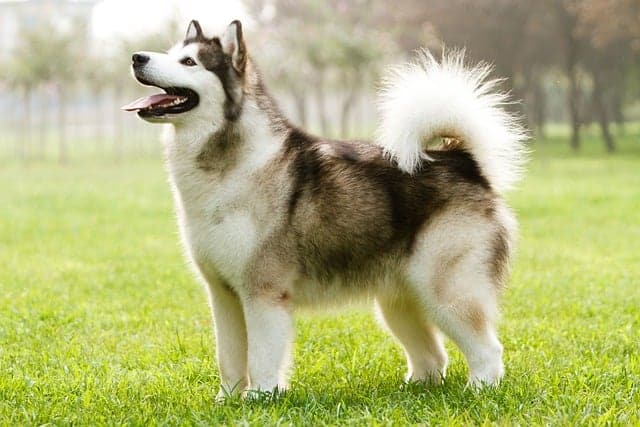
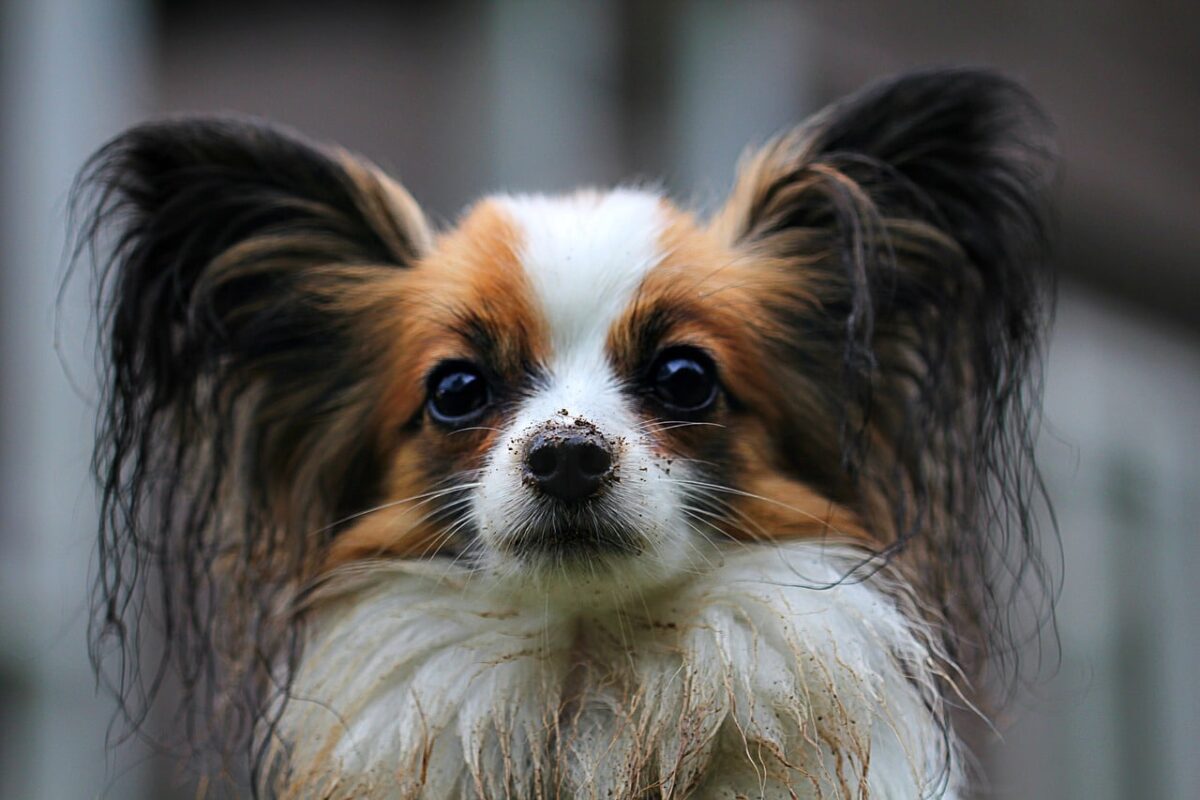







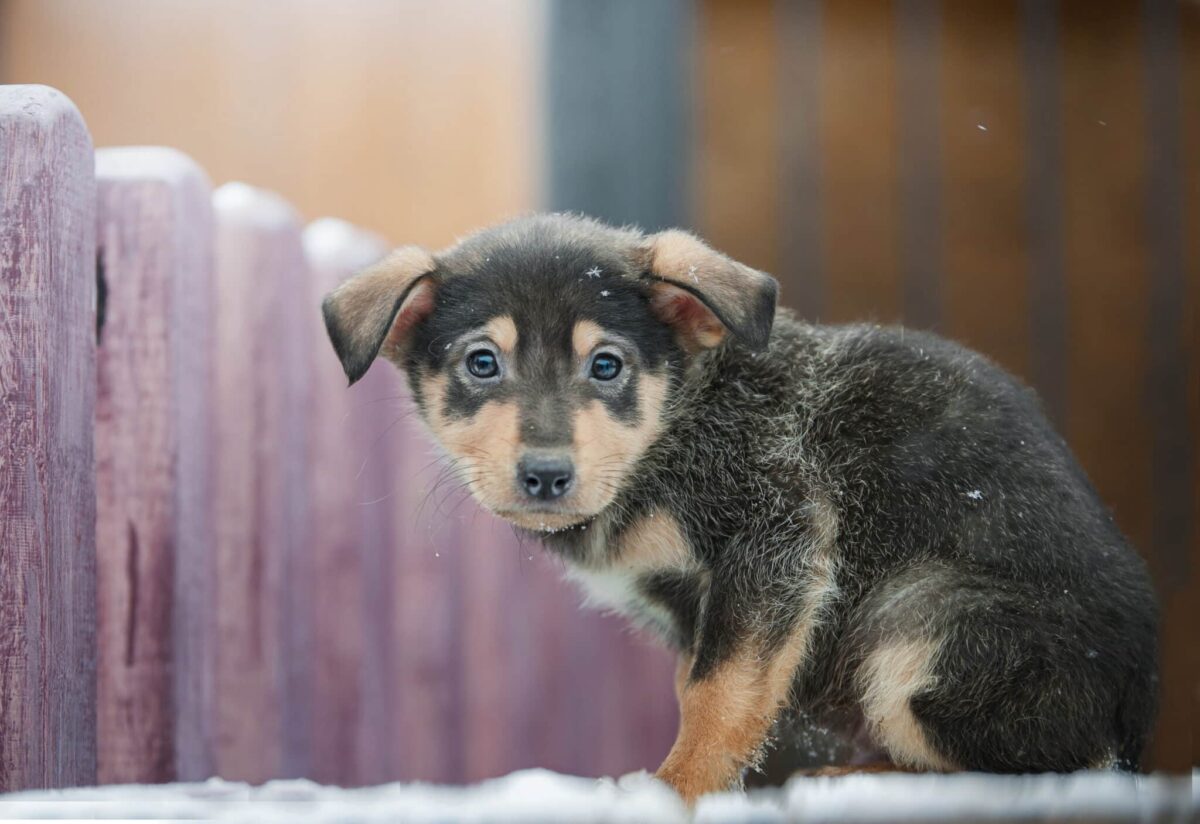






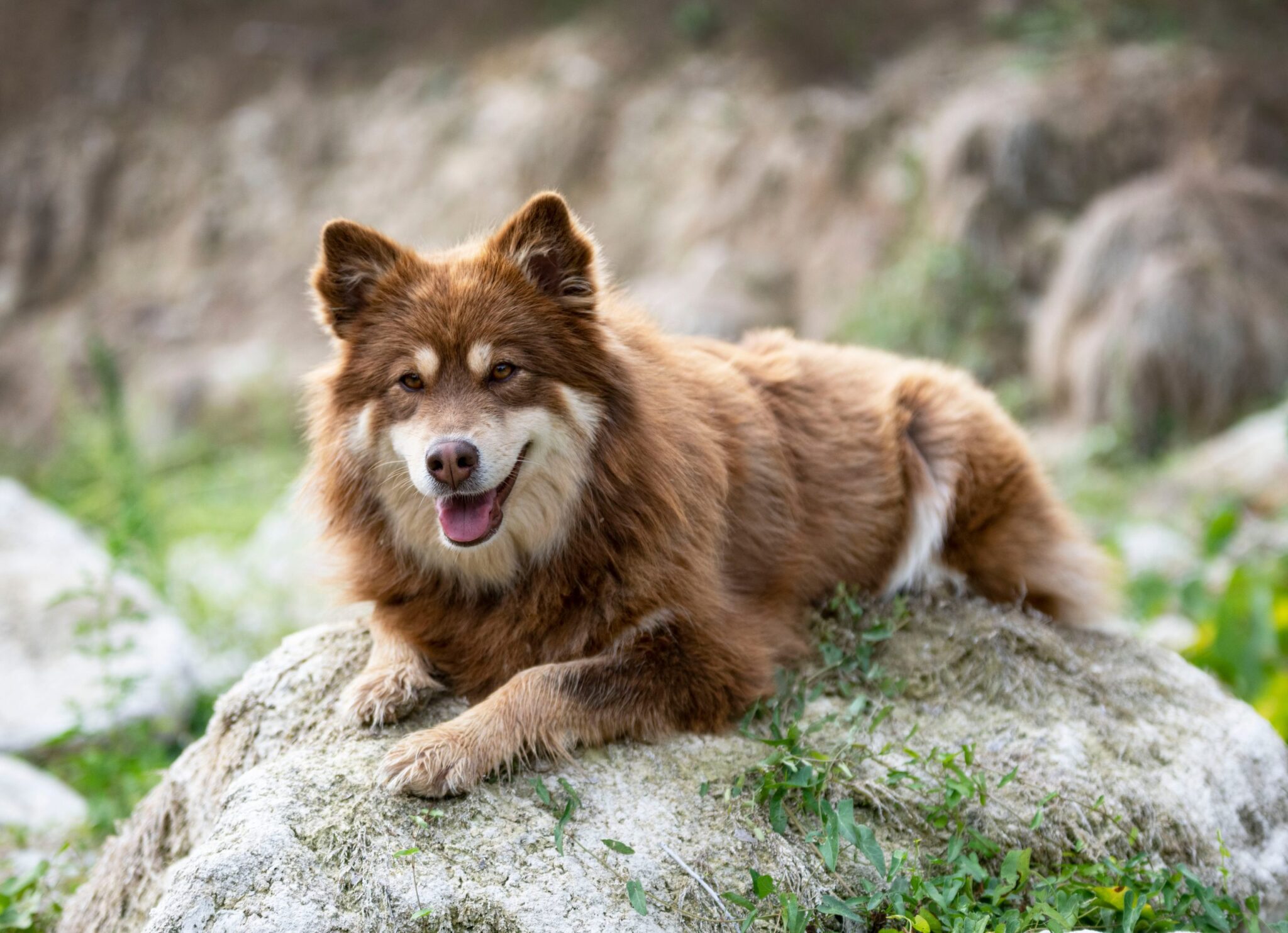

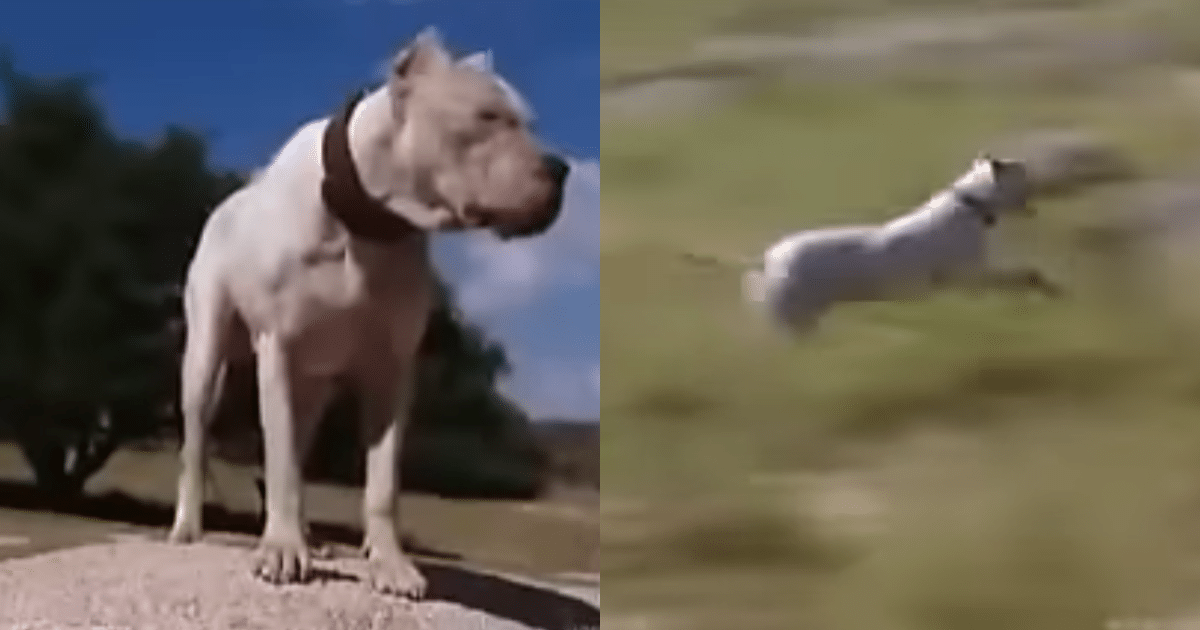
 English (US) ·
English (US) ·